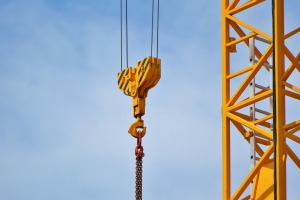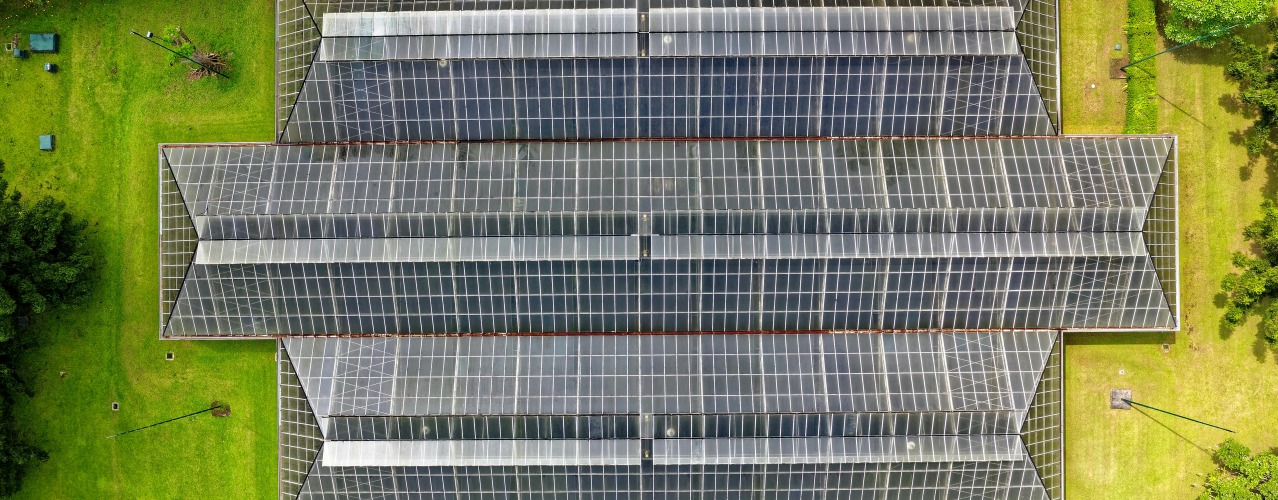

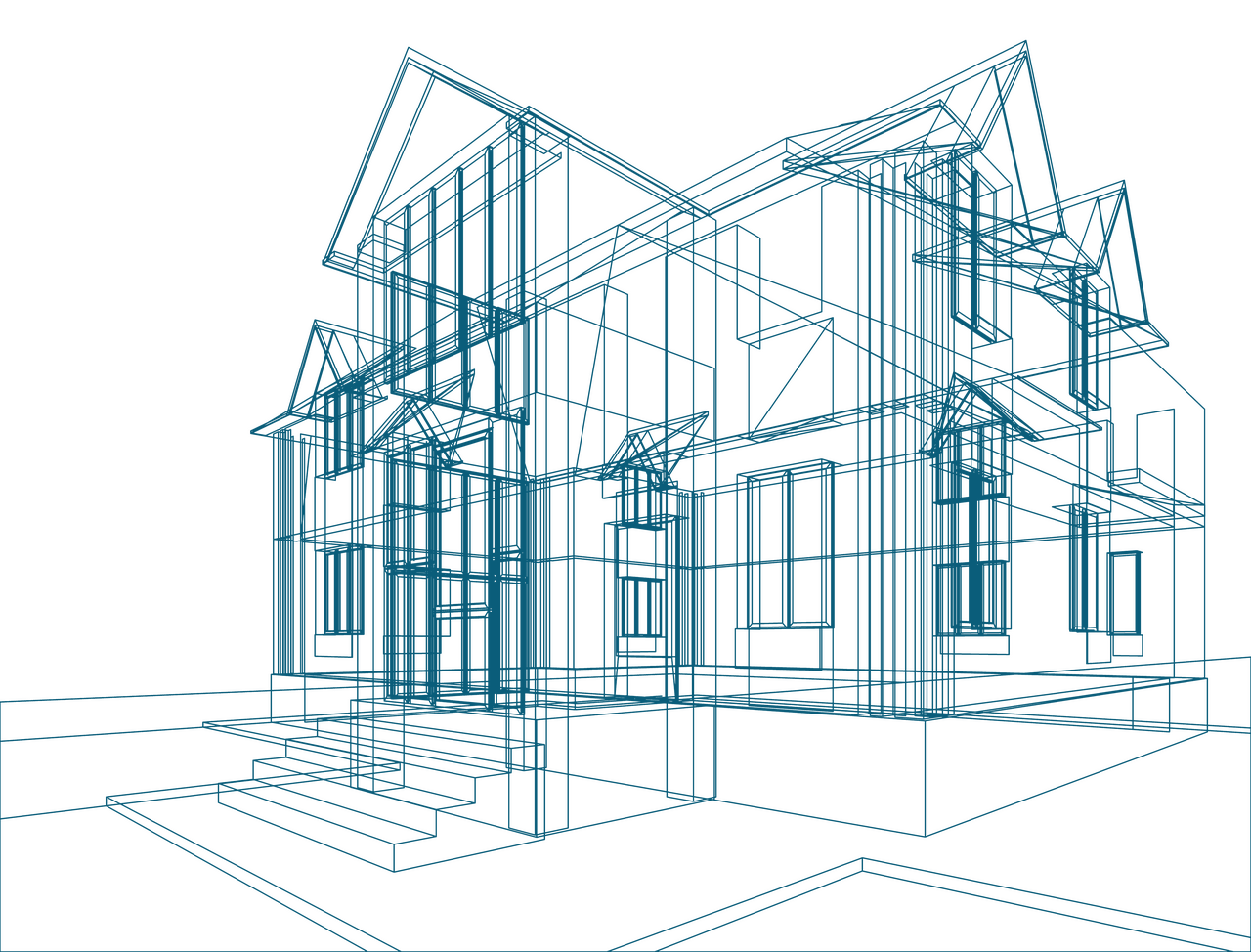
Market report
Contractor Insights & Market Performance
Explore cutting-edge trends in sustainable construction and construction trends in Contractor Monitor. Stay informed and elevate your projects with our expert insights and resources.
Blogs I published 24 March 2025 I Dirk Hoogenboom
Why Are Clients Pulling Back on Sustainable Construction Investments?
A few years ago, sustainability was a major driving force in construction. Developers and contractors were actively integrating green technologies and clients were more than willing to invest in sustainable solutions. Fast forward to today, the enthusiasm seems to be waning. Conversations that once centered on achieving net-zero buildings or using circular materials are now shifting toward cost-cutting, project feasibility and risk mitigation.
This shift is concerning – not just for businesses looking to be future-proof but for planet-wide environmental goals. According to the latest data, clients’ willingness to invest in sustainable construction is declining across Europe. What’s behind this slowdown and what can the industry do? Here’s what you need to know.
The Numbers Tell a Clear Story
When sustainability took off, it felt unstoppable. Clients were eager to meet green standards, new technologies were making waves and investments were flowing. But now, the tempo is wearing off, with investment trends, economic pressures and stalled innovations painting a clear direction for the industry.
Clients Are Investing Less in Sustainability
Back in 2020, a healthy 36% of projects actively integrated sustainability, with clients showing a similar level of willingness to invest. We are currently at a 49% share with eco-considerate projects, and the increase is predicted to reach 58% by 2030. But the willingness to invest is… disconnected. Almost inversely proportional, really. We’re seeing that the numbers dropped to 27% in 2024, with projections indicating a further fall to 22% by 2030. At the same time, projects where sustainability is “requested but not invested in” have risen, meaning clients acknowledge the importance of sustainability, but when it’s time to sign the check, many back out.
Economic Uncertainty Is a Major Barrier
Rising interest rates and inflation are squeezing budgets, making long-term sustainability investments harder to justify. The war in Ukraine has disrupted global supply chains, impacting costs for essential materials and natural gas prices, making traditional energy sources more attractive once again. A combination of varied factors is ultimately reducing the incentive to invest in energy-efficient alternatives, leading to delays or outright cancellations of sustainable projects.
Key Sustainability Investments Are Stalling
Heat pump sales – once a staple of sustainable construction and a growing trend – dropped by 5% in 2023, the first decline in a decade. Sales in early 2024 have seen an even steeper decline of 47% compared to the previous year. Renewable energy installations have also shifted gears, with some projects delayed due to high grid connection costs and regulatory uncertainty. Recycled and circular construction materials are still being adopted, but their market penetration remains limited due to their higher upfront costs compared to traditional materials.
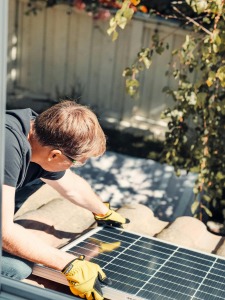

What’s Holding Sustainable Construction Back?
Quite simply, a lot. Clients are pulling back because real-world obstacles are making them second-guess their investments. From labor shortages and rising costs to political shifts, quite a few things are making sustainability a tougher sell.
High Costs and Funding Challenges
Sustainable solutions promise long-term savings, yes, but they also require significant upfront capital. Clients are well aware of this, and grow increasingly cautious, particularly with uncertain economic and political conditions. Government support for green initiatives varies by country, making long-term financial planning difficult. A rather unhelpful factor is the 20% to 50% more money spent on sustainable materials than conventional ones. Financing slows adoption too, because lenders often impose stricter conditions for funding green projects.
Labor Shortages and Knowledge Gaps
When clients do want to invest, there’s often a lack of skilled professionals to actually execute sustainable projects. The construction sector currently has the highest job vacancy rate in the EU, with shortages most severe in Belgium (45% current, 56% expected), the Netherlands (55% current, 69% expected) and Germany (55% current, 62% expected) and a worrying 49% of all architects and contractors cite a lack of awareness and expertise in sustainability as a major barrier. Training programs are expanding, but the rate of adoption remains slow, leaving a lot of space between sustainability demands and a savvy workforce.
Regulatory Uncertainty and Political Shifts
The political landscape is shifting, with some governments deprioritizing sustainability efforts. Countries with strong right-wing or economically conservative policies have reduced government incentives for sustainable construction, favoring traditional industry approaches and leaving developers uncertain about future regulations and subsidies. When we look at carbon pricing mechanisms, it’s clear they’re inconsistent, adding another layer of unpredictability that makes businesses hesitant to commit to long-term sustainability investments.
How Can Industry Professionals Adapt?
Sustainability isn’t necessarily off the table, but it does need a more practical approach that keeps the conversation going. Construction professionals can shift their take on eco-friendliness to make these solutions more accessible and financially viable. Here’s how…
More Cost-Effectiveness
Clients are more likely to invest if they see immediate benefits. One way to demonstrate these is by using hybrid building materials that balance affordability with sustainability. Prefab and modular constructions, for instance, can help reduce material waste and labor costs, making green projects more appealing. Additionally, smart energy management systems can provide immediate returns on investment by reducing operational expenses, which can help offset initial project costs.
Push for Policy Stability and Incentives
Policy uncertainty is a major one. The industry needs to actively engage with policymakers to push for stable, long-term incentives and standardized regulations that create a more predictable investment landscape. Green financing options – like sustainability-linked – loans can provide financial incentives for companies to prioritize sustainable practices.
Addressing the Knowledge Gap
Education is key to overcoming hesitation toward sustainability investments. Construction professionals – and clients too – need practical, real-world and hands-on education to make informed decisions about sustainability. Here, collaboration with suppliers who provide detailed, verifiable sustainability data on materials will be crucial.
Prioritizing Renovation Over New-Build
Given the current trends – i.e. new-build declining – renovation projects are a realistic and opportune option to showcase sustainability. Retrofitting existing buildings with energy-efficient solutions, such as improved insulation and alternative energy sources, can produce measurable carbon footprint reductions and performance improvements. Addressing grid capacity limitations is essential to facilitate the expansion of local renewable energy generation.


The Bottom Line
2030 is getting closer and closer, and construction clients are making tough choices: while they see the value of sustainability, short-term financial pressures are making them hesitant. This doesn’t mean the industry is at a standstill, but rather that professionals need to adjust their strategies to align with the current economic and political framework.
The momentum of green construction depends on finding the right balance between ambition and practicality. Now is the time to rethink how sustainability is approached in the industry – ensuring it remains a priority without becoming a financial burden for those looking to invest.
Construction Consulting Services for You
We provide tailor-made market research and off-the-shelf reports, both B2B & B2C, qualitative and quantitative. Here are some you might be interested in
Monitor and improve client relationships to drive loyalty and repeat business in construction.
Map out key interactions and pain points to refine the overall construction experience.
Identify the aspects of service or product that most impact satisfaction in construction projects.
Read more

Fresh Insights Await
Our relevant reports
Delve into the newest findings across various market segments, crafted for a cutting-edge overview. Explore our insightful reports, brimming with up-to-date data, trend analyses, and in-depth examinations, all tailored to provide you with a comprehensive understanding of the current market dynamics.
Construction
Home Improvement
Installation
Special reports










